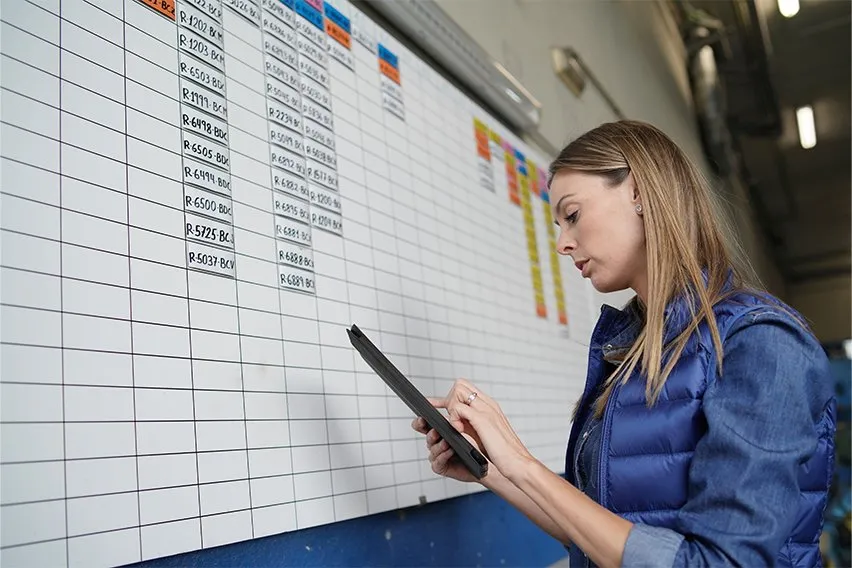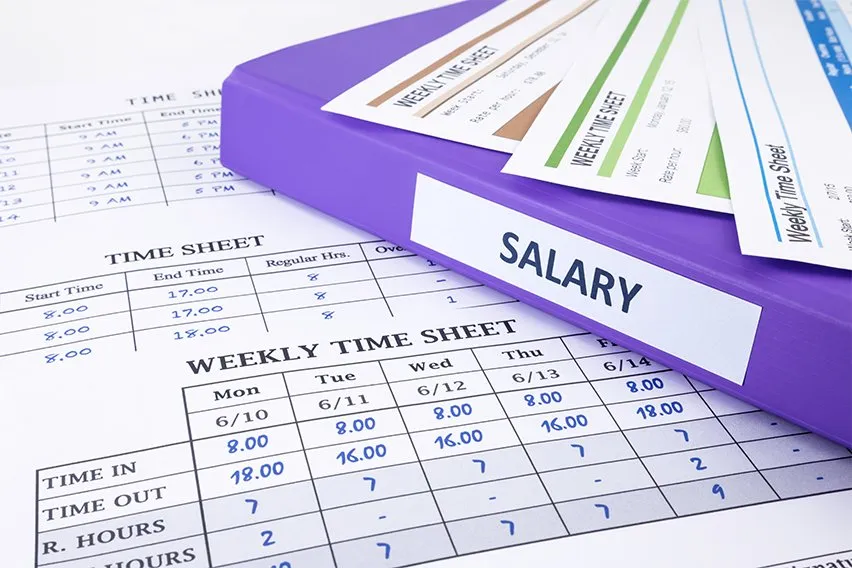A Step-By-Step Guide on Performance Development Plan

The world of work is changing, and the skills you need to succeed keep evolving. That means that most people’s careers are in a constant state of evolution. This is why it’s so important to stay on top of your game.
No matter how good you are, there will always be someone working to be better. If you’re proactive about managing your career, you’ll never have to worry about someone replacing you. This article provides step-by-step guidance on creating an effective performance development plan (PDP). This information will keep you ahead of the competition!
Here’s What We’ll Cover:
Performance Development Planning 101 – What is a Performance Development Plan (PDP)?
How Do You Write a Performance Development Plan?
What are the 5 Areas of Personal Development?
What are Good Goals for Managers?
Performance Development Planning 101 – What is a Performance Development Plan (PDP)?
A PDP is a written description of your professional development that maps out the steps you need to take to succeed. While having this action plan seems like extra effort, it’s simple once you understand how to develop one.

Why Create a Performance Development Plan?
The better question is why not create one. A PDP will help you:
- Show your manager that you’re proactive about managing your career and professional development.
- Keep track of things that will enhance or detract from your future opportunities in the organization.
- Identify what skills, knowledge and behaviours are required for success in this role and in the next one.
How Do You Write a Performance Development Plan?
Here are some actionable steps for creating a PDP.
Figure out what’s required. As part of your research for creating a PDP, figure out how your current role and future roles intersect with your business. Make sure you understand the company vision so you can identify what’s required to get there. Think about which skills, knowledge and behaviours are necessary to do that job well.
Figure out your strengths and weaknesses. Pay close attention to any skills you’ve used in the past but haven’t fully mastered yet. Make a list of all the things you need to learn or master to be successful in your role.
Do your homework. Make sure you’ve got all the information you need on the specific requirements for your job. Consider what you’ll need to know in future roles as well. It can be helpful to talk with people who are doing the same or similar jobs to get an idea of what’s required.
Develop a plan. Come up with an approach for developing or improving the list of skills you think are most valuable. For example, if you need to work on your leadership skills, think about what courses might be helpful to take. It can also be helpful to work with another person. If you need to develop a new technical skill, make a list of all the resources available. Then, consider how much time you’ll have to practice.
What are the 5 Areas of Personal Development?
Professional and career development is a never-ending journey. It’s important to continually evaluate where you are on your journey and ask yourself what more you could do to make the next step. The following list gives a quick overview of five areas of development that can improve any manager’s career:
- Gaining knowledge and skills: This includes taking additional training, reading books and magazines, going to workshops or seminars and getting feedback from others.
- Building relationships: This includes developing your network, getting to know people currently in senior roles and building good rapport with those above you.
- Improving performance: This includes setting goals, being clear on priorities and delivering what you say you’re going to. For managers, this includes monitoring employee performance as well.
- Managing your career path: This includes ensuring you’re documenting your work and putting a plan in place to prepare for the next role.
- Developing a healthy lifestyle: This includes eating well, getting enough sleep and exercising regularly.

What are Good Goals for Managers?
A common trap managers fall into is using the same goals for themselves as they do for their team. That’s like saying one size fits all. While your overall visions may align, good managers understand it takes a unique set of objectives to lead a group of individuals.
Good managers set goals for themselves and their team, so everyone knows the end game. Regular performance reviews are always helpful. The following three goals help to achieve effective leadership: The following three goals help to achieve effective leadership:
- Set clear expectations
- Be a role model
- Maintain open communication with your team
Key Takeaways
Setting professional development goals is an important step in your career. A PDP can help you be successful in the role you’re currently in, while also preparing for what’s next. The good news is that there are many different ways to set and achieve effective personal development goals. It all depends on where you want to go with you or your manager’s journey. Hopefully this article helps you establish a laser-focused development plan for success.
For more guides like this one, head to our resource hub.
RELATED ARTICLES

 What Are The Average Weekly Working Hours In The UK?
What Are The Average Weekly Working Hours In The UK? Problem Solving Techniques: 6 Steps, Method & Tips
Problem Solving Techniques: 6 Steps, Method & Tips What Is an Operational Audit? Definition, Types & Processes
What Is an Operational Audit? Definition, Types & Processes What Is a Timesheet & How Does It Work?
What Is a Timesheet & How Does It Work? What Is Priority Management & Its Importance to Small Business
What Is Priority Management & Its Importance to Small Business Part-Time Vs Full-Time Employees: Everything You Need to Know
Part-Time Vs Full-Time Employees: Everything You Need to Know